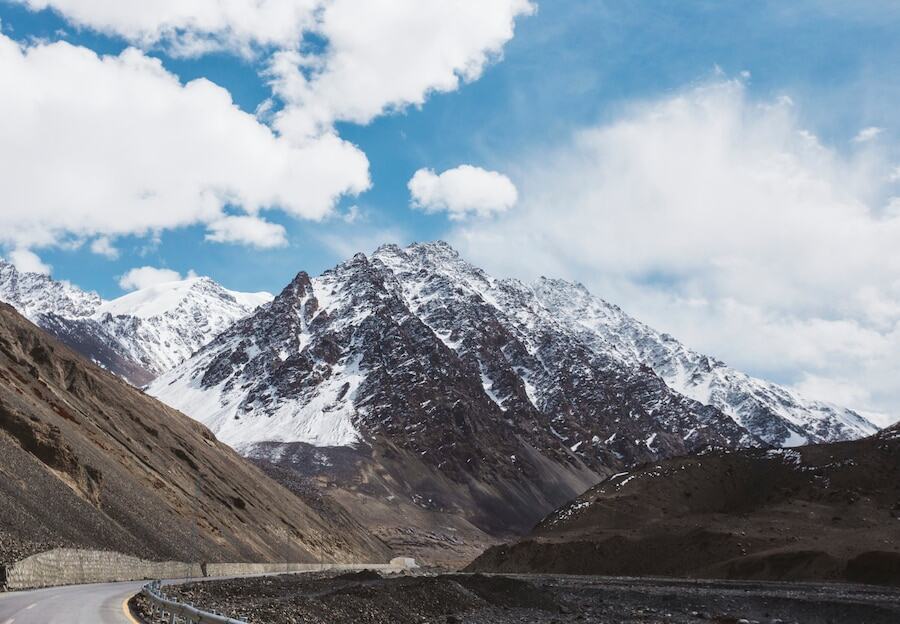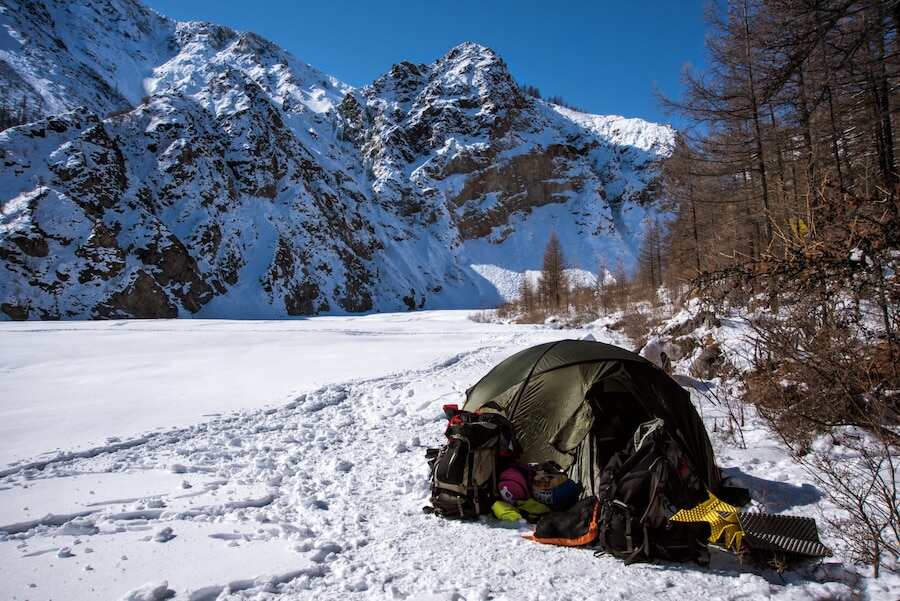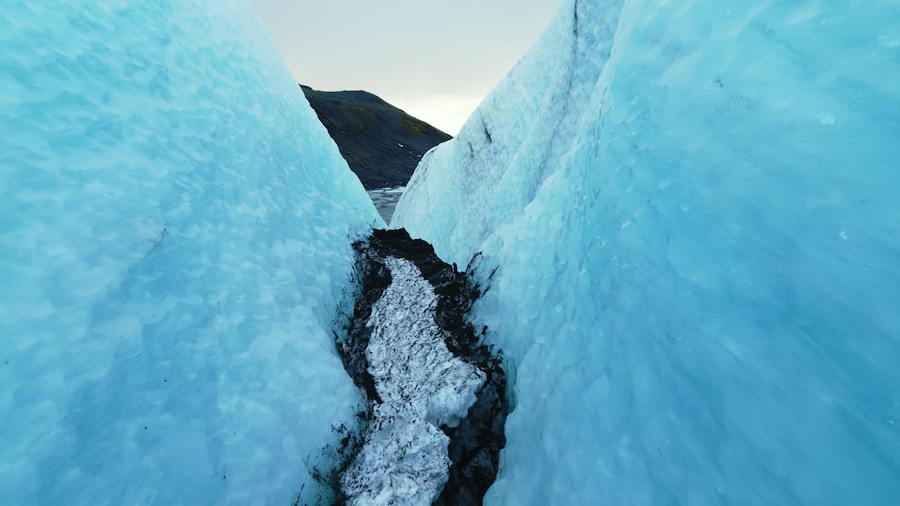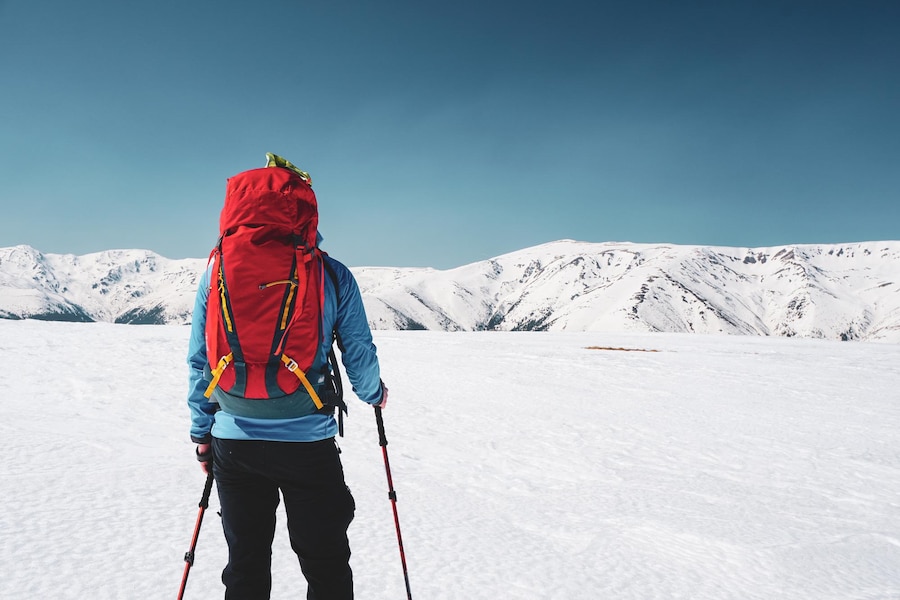Trekking to the K2 Base Camp in the breathtaking Karakoram Range is an exhilarating adventure, one of the world’s most challenging and rewarding treks. However, this journey has inherent risks, from extreme weather conditions to high-altitude sickness, and requires meticulous planning and preparation. This guide offers essential safety tips to help you prepare for the unique challenges of the K2 trek, ensuring a safe, enjoyable experience on one of the planet’s most epic trekking routes.
The K2 Base Camp trek takes you through diverse landscapes, including rugged glacier fields, rocky trails, and steep mountain passes. With temperatures that can swing drastically and trails that often require precise navigation, trekkers must be equipped with the proper clothing, survival gear, and reliable navigation tools. This trek is ideal for experienced trekkers who are comfortable handling high-altitude conditions and have taken time to train for the physical demands of long, arduous days on challenging terrain.
Beyond the physical challenges, the altitude on the K2 Base Camp trek presents unique risks, with reduced oxygen levels that can lead to altitude sickness if trekkers ascend too quickly. Proper Acclimatization, hydration, and regular rest days are crucial to staying healthy at high elevations. By understanding these risks and preparing carefully, you can fully enjoy the stunning scenery and unforgettable adventure of trekking to the base of the world’s second-highest peak.
Understanding the Terrain and Conditions on the K2 Base Camp Trek
The K2 Base Camp trek is known for its awe-inspiring landscapes, but the rugged terrain and unpredictable weather make it one of the most challenging treks in the world. This trail is located in Pakistan’s remote Karakoram Range and demands physical and mental preparation. Understanding this region’s unique geography, trail conditions, and weather patterns is crucial for a safe and enjoyable journey. Below, we’ll explore the critical aspects of the terrain and conditions trekkers will encounter on the way to K2 Base Camp.
The Karakoram Range and its Unique Challenges
The Karakoram Range is home to some of the world’s highest peaks, including K2, the second-highest mountain globally. The trek to K2 Base Camp spans roughly 90 kilometers each way, often taking about 12-14 days to complete, depending on weather and individual fitness levels. The trail passes through landscapes ranging from lush valleys and barren rocky paths to glacier fields like the famous Baltoro Glacier. Trekkers must navigate uneven and often steep trails, requiring physical strength, agility, and careful footing.
One of the most notable challenges along this trek is the presence of glaciers, particularly the Baltoro and Godwin-Austen Glaciers. These massive rivers of ice create a surreal yet difficult-to-navigate path, often marked by crevasses, jagged ice formations, and slippery surfaces. Ice and snow can make footing uncertain, so using trekking poles, crampons, and sturdy boots with excellent ankle support is highly recommended.

Weather Conditions in the Karakoram
The weather in the Karakoram is notoriously unpredictable. Even during the summer trekking season (June to August), temperatures can range widely from warm days to freezing nights. The region can experience sudden snowfalls, rain showers, and high winds, often without much warning. Temperatures can drop below freezing even in summer, and significantly higher elevations and wind chill can intensify the cold. Trekkers should be prepared for all weather conditions by dressing in moisture-wicking base layers, insulating mid-layers, and waterproof outer layers to stay warm and dry.
The monsoon season does not directly impact this region, which makes summer the preferred trekking season. However, given the high-altitude environment, the risk of altitude sickness increases as trekkers climb to higher camps along the trail. Acclimatizing at various points along the trek and staying well-hydrated is essential for avoiding altitude-related health issues.
Navigating Rough Terrain and Glacier Crossings
Crossing glaciers and traversing rocky trails are daily realities on the K2 Base Camp trek. The Baltoro Glacier, for example, spans over 60 kilometers and requires trekkers to walk on uneven ice and boulders, often balancing on narrow ridges. Glacier crossings can also be hazardous due to hidden crevasses and loose rocks. For a K2 Base Camp Trek guide for trekkers, an experienced guide who can spot and avoid dangerous areas is essential for safe passage.
Aside from glaciers, the terrain includes steep inclines and descents that demand focus and care. Trekking poles can provide additional stability, and solid and high-quality boots are essential for protecting against injuries like twisted ankles on uneven ground. Trekkers should also be mindful of the slower pace required on rocky sections, as pushing too hard can lead to exhaustion and increase the risk of falls.
Altitude and Acclimatization
As trekkers ascend toward the base camp, they reach altitudes that exceed 5,000 meters (16,400 feet), where oxygen levels are significantly lower. The high altitude and low oxygen can lead to altitude sickness. This potentially dangerous condition can cause headaches, nausea, dizziness, and fatigue. Acclimatization is a critical safety step on this trek; most itineraries include rest days at various elevations to help trekkers adjust. Taking it slow, staying hydrated, and monitoring your body’s response to the altitude is vital for a successful ascent.
Staying Prepared for the Unexpected
The K2 Base Camp trek is one of resilience, requiring trekkers to be well-prepared, alert, and adaptable to ever-changing conditions. Investing in high-quality gear, hiring knowledgeable local guides, and understanding the terrain beforehand can make a difference in your experience. Preparation and caution on the trail will enable you to appreciate the grandeur of the Karakoram Range and the unforgettable journey to the base of one of the world’s most iconic mountains.
Preparing for the K2 Base Camp Trek
These are some K2 Base Camp preparation tips:
| Training Type | Exercises | Purpose |
|---|---|---|
| Cardio | Running, cycling, stair climbing | Build endurance |
| Strength | Squats, lunges, core exercises | Support muscles for rough terrain |
| Flexibility | Yoga, stretching | Improve mobility and reduce injury risk |
| Weighted Hiking | Hiking with a loaded backpack | Condition muscles for trekking with weight |
Physical Fitness Requirements
The K2 Base Camp trek is physically demanding, requiring strength, endurance, and mental resilience. Building a fitness routine focusing on cardiovascular endurance, strength training, and flexibility several months before the trek can significantly enhance your stamina and confidence.
Physical Fitness Requirements
A successful K2 trek requires long hours of hiking over challenging terrain. Preparing your body by practicing uphill hikes, stair climbing, and weighted backpack training can help condition your muscles. Integrating high-intensity interval training (HIIT) is also effective for improving endurance.
Essential Gear for K2 Base Camp Safety
| Category | Recommended Gear | Purpose |
|---|---|---|
| Clothing | Base layers, insulating layers, waterproof jacket | Adapt to variable weather |
| Footwear | High-quality trekking boots with ankle support | Navigate rough and uneven paths |
| Safety Equipment | Helmet, harness, crampons, trekking poles | Extra protection on glaciers |
| Navigation | Map, compass, GPS device | Ensure you stay on track |
| First Aid | Altitude sickness meds, blister care, antiseptic wipes | Treat minor injuries and altitude symptoms |
Acclimatization and Preventing Altitude Sickness
Understanding Altitude Sickness (AMS)
- Common above 2,500 meters, affecting many trekkers.
- Symptoms include:Headache, Nausea, Fatigue and Shortness of breath
- Early recognition and prompt action are essential to prevent severe complications.
Acclimatization Techniques
- Acclimatization helps your body adjust to lower oxygen levels at high altitudes.
- Strategies for adequate Acclimatization:
- Spend extra nights at various elevations along the trek.
- Follow the golden rule: “Climb high, sleep low” by ascending gradually and descending to sleep.
- Avoid rapid ascents to reduce the risk of altitude sickness.

Handling Glacier Crossings and Rough Terrain
Glacier Safety Precautions
Crossing glaciers like Baltoro can be dangerous due to crevasses and slippery ice. Always use trekking poles for balance and follow a knowledgeable guide to avoid potential hazards.
Glacier Safety Precautions
The path to K2 Base Camp involves rocky, uneven trails that require focus and careful foot placement. Trekking poles can reduce knee strain, while quality boots help prevent ankle injuries.

Essential Navigation and Communication Tools
Using Maps, GPS, and Compass
Carrying physical maps, GPS, and a compass is essential for navigation, especially in remote areas with limited signage. Ensure you know how to use these tools if you get separated from the group.
Communication Devices
Since the K2 Base Camp trail is remote, cell signals are minimal. A satellite phone or emergency locator beacon can be lifesaving in emergencies, allowing communication with rescue teams if needed.
Staying Hydrated and Nourished
Hydration at High Altitudes
Dehydration is common in high-altitude trekking and can worsen altitude sickness symptoms. Carry enough water and consider water purification tablets to ensure access to clean water throughout the trek.
Choosing Nutritious, Energy-Rich Foods
Trekking requires a high-calorie diet to sustain energy. Stock up on dried fruits, nuts, energy bars, and high-protein, lightweight, nutrient-dense foods.
Hiring Guides and Porters for Safety
The Role of Local Guides
A reliable local guide is invaluable for a successful K2 trek. They are familiar with the terrain, can help navigate dangerous sections, and provide cultural insights that enrich your experience.
Selecting a Trusted Trekking Agency
When choosing a trekking agency, ensure they have experience with high-altitude treks and prioritize safety. Reputable agencies provide well-trained guides, quality equipment, and contingency plans in emergencies.

Practicing Leave No Trace and Eco-Friendly Trekking
Respecting the Environment on the K2 Trek
“Leave No Trace” principles are essential for preserving the natural beauty of the Karakoram. Carry all waste with you, avoid disturbing wildlife, and follow established trails to minimize environmental impact.
Sustainable Trekking Tips
Opt for reusable water bottles, avoid single-use plastics, and respect local communities. Practicing sustainable habits ensures that future generations can enjoy the same beautiful landscapes.
Emergency Preparedness and Rescue Protocols
Developing an Emergency Plan
Be prepared for emergencies by knowing the nearest medical facilities, understanding rescue protocols, and informing a friend or family member of your itinerary. Insurance that covers high-altitude trekking is highly recommended.
Insurance for High-Altitude Trekking
High-altitude trekking insurance can cover evacuation and medical expenses if you encounter health issues. Ensure your policy includes emergency air rescue coverage, which can be costly.
Common Mistakes to Avoid on the K2 Base Camp Trek
| Mistake | Why to Avoid It | Solution |
|---|---|---|
| Ignoring acclimatization | Increases risk of altitude sickness | Schedule rest days |
| Underestimating the trek | Can lead to physical and mental strain | Prepare adequately with training |
| Packing insufficient gear | Causes discomfort and increased risk | Follow a detailed packing list |
Conclusion
Trekking to K2 Base Camp is a challenging yet rewarding journey that offers breathtaking views and an unforgettable adventure through the diverse landscapes of the Karakoram Range. From lush valleys to vast glaciers and towering peaks, this trek immerses you in one of the world’s most awe-inspiring settings.
You can minimize risks and fully embrace this journey with thorough preparation, knowledge of safety protocols, and proper gear. Physical training, Acclimatization, and essential equipment like sturdy boots and weather-appropriate clothing are critical to a safe, enjoyable trek.
Beyond the physical demands, the trek is also a cultural experience, connecting you with local Balti communities and their traditions. By respecting the environment and embracing the adventure, this journey offers a deeper appreciation of nature and a lasting sense of accomplishment.

